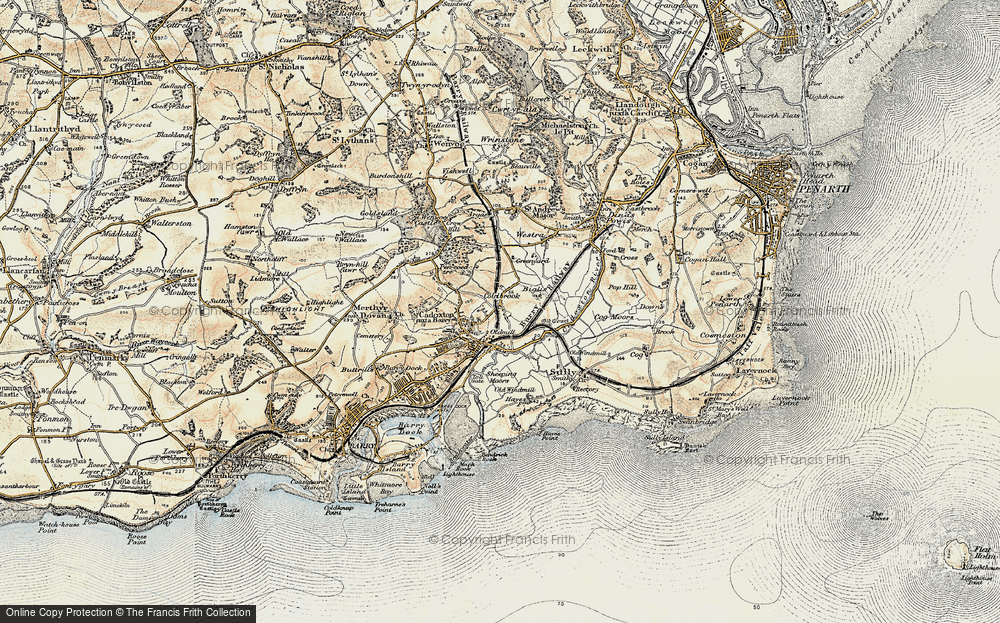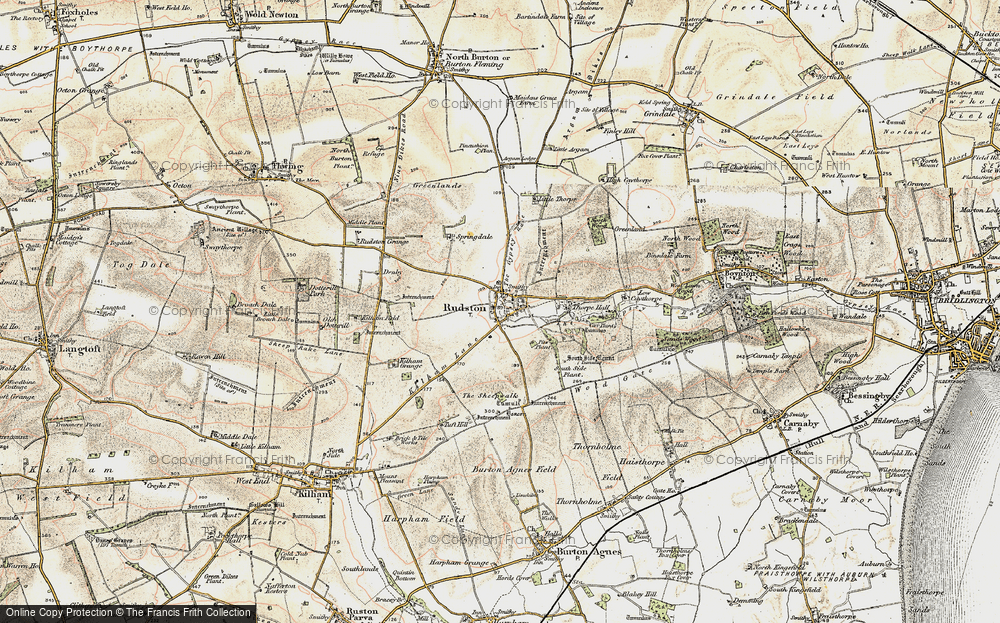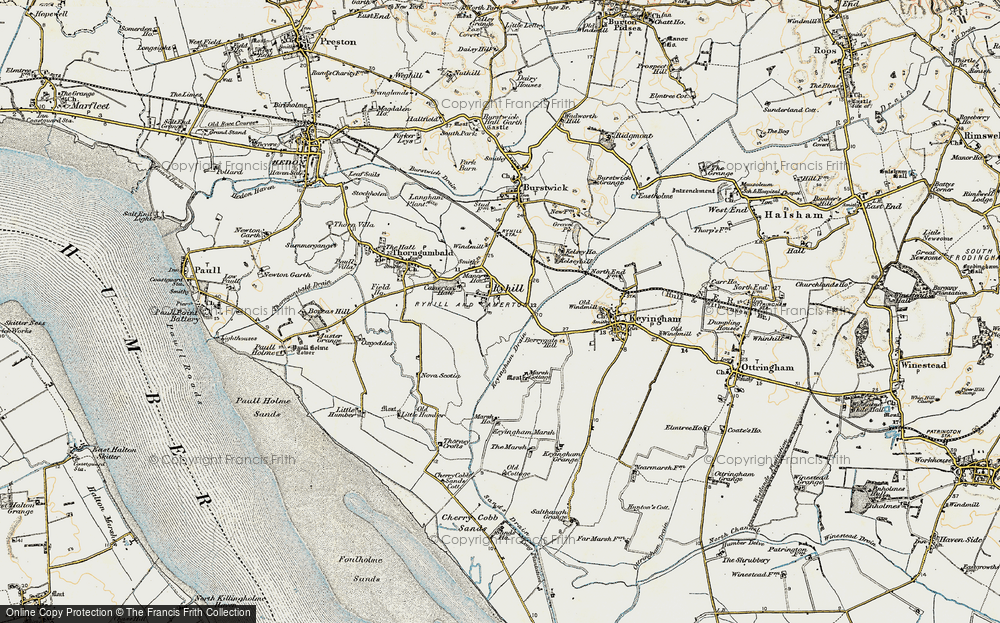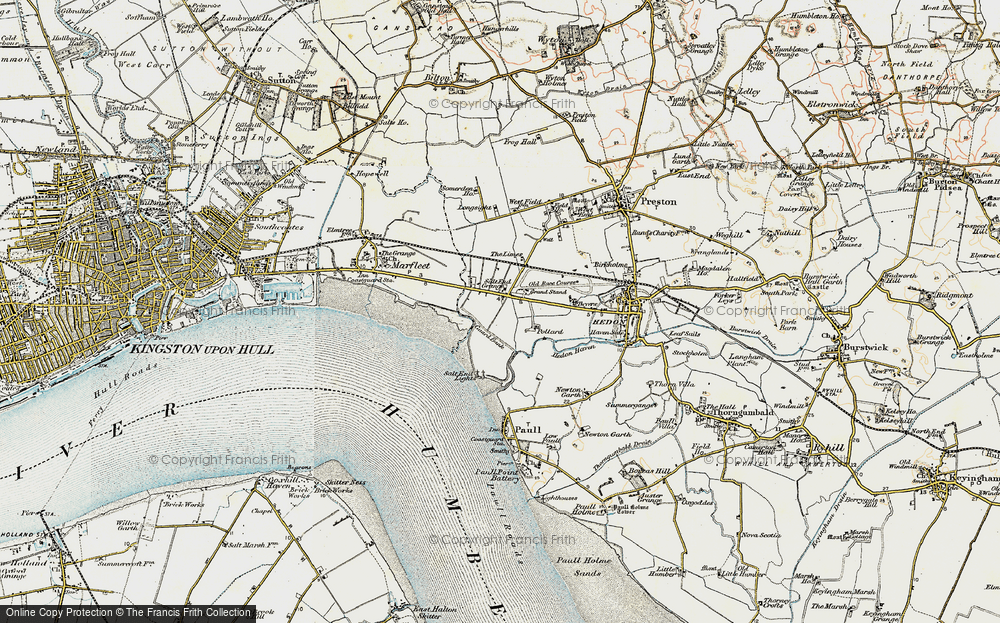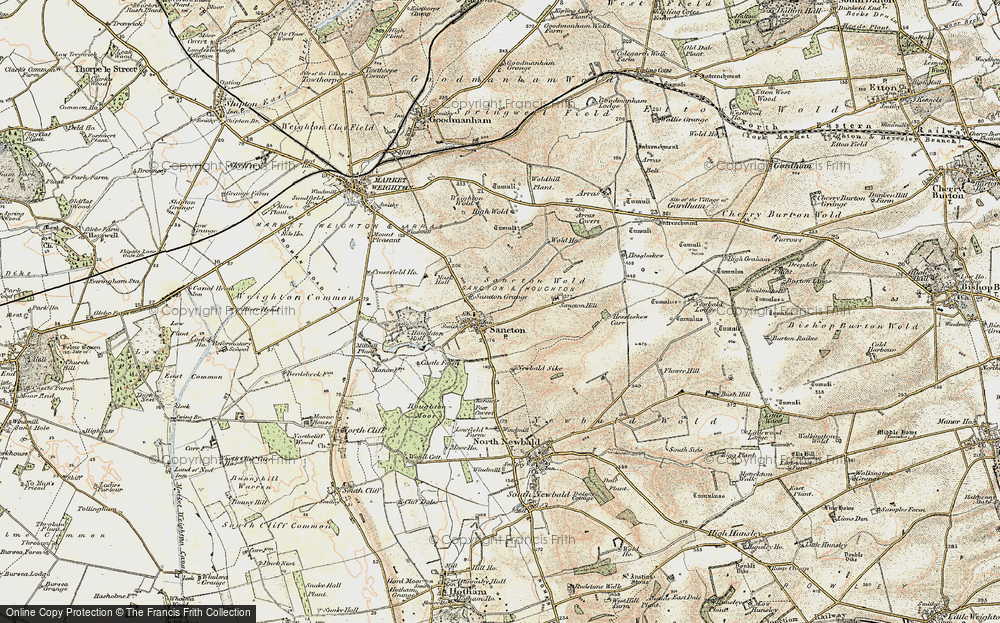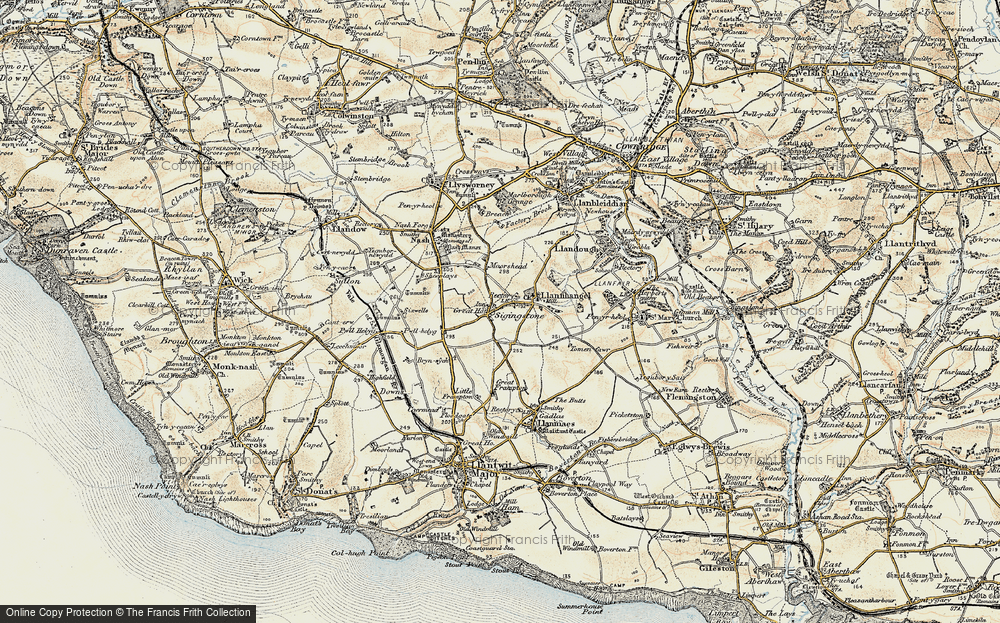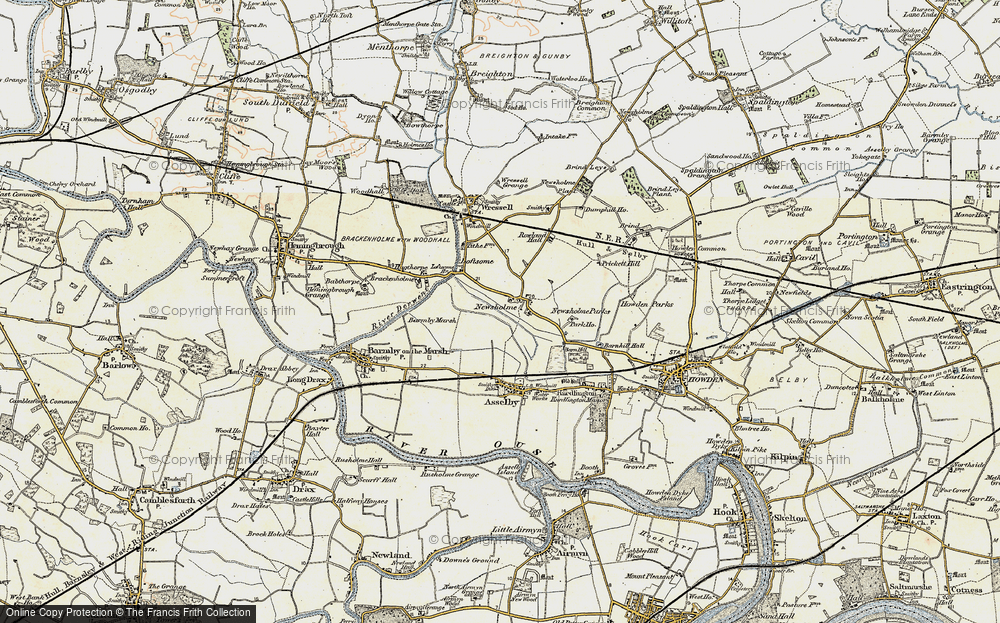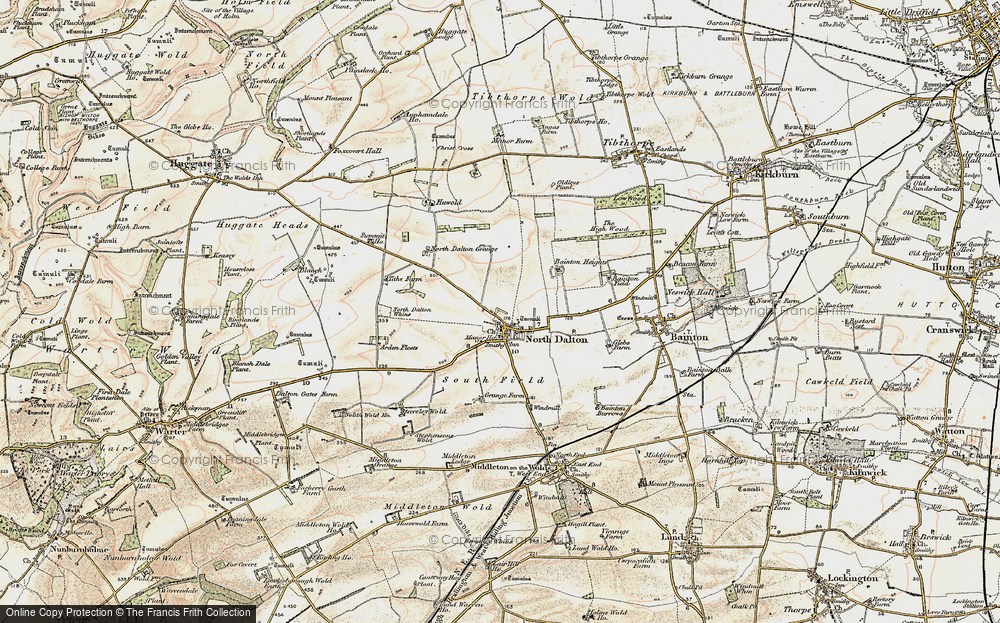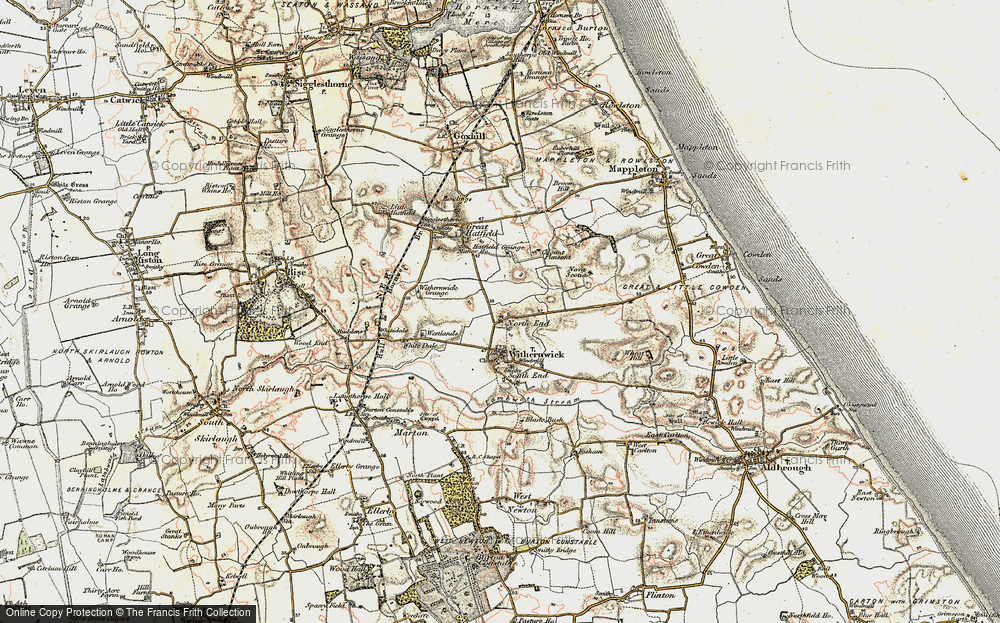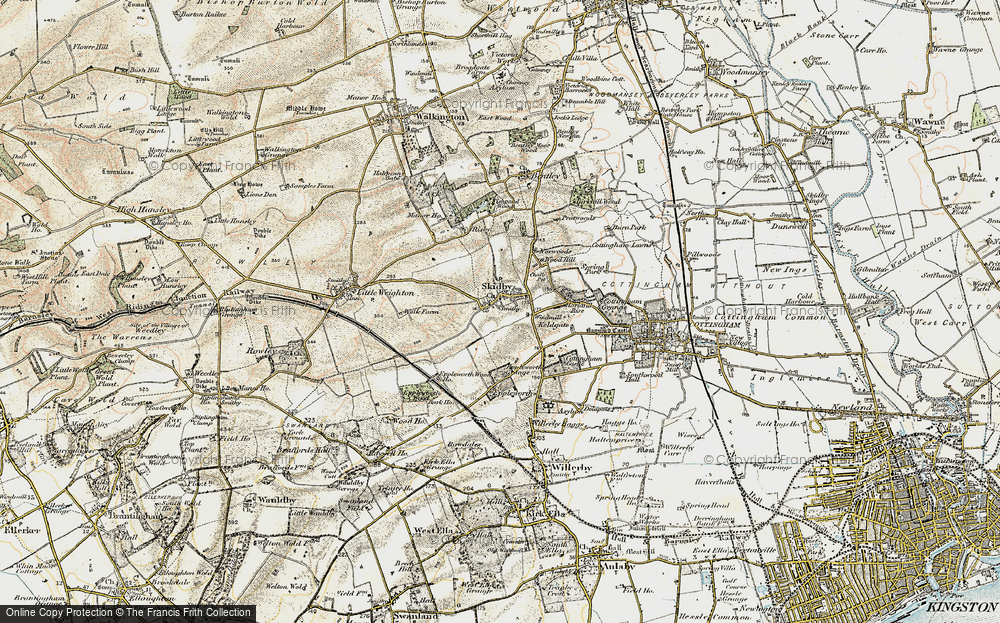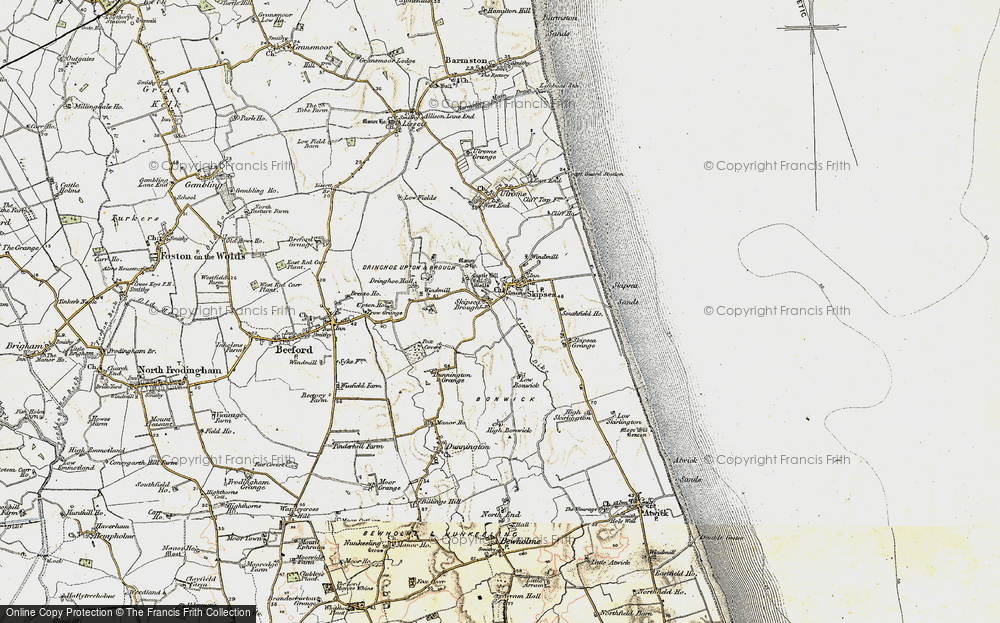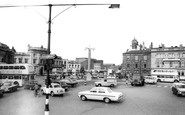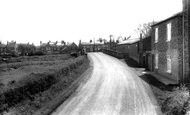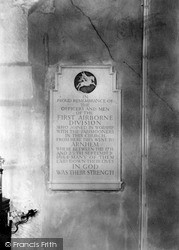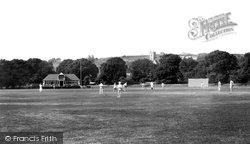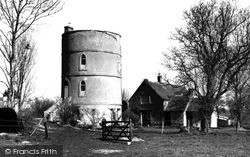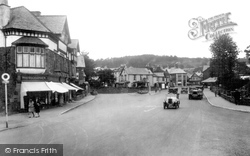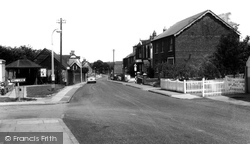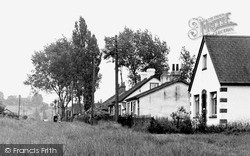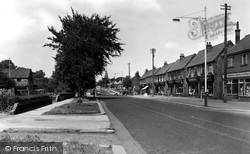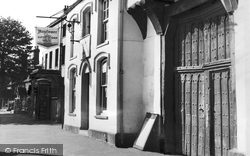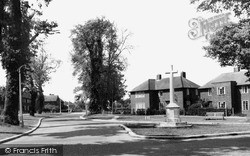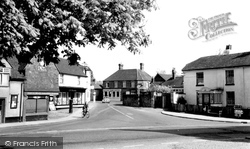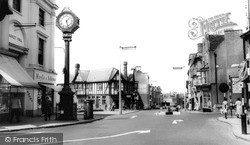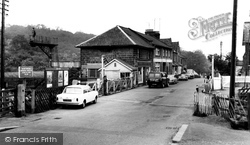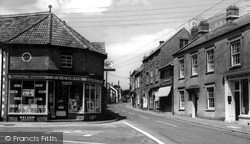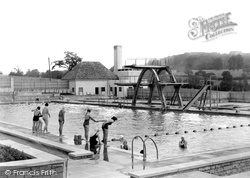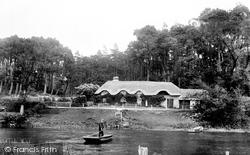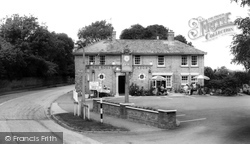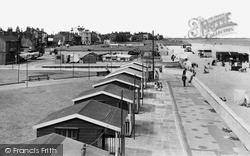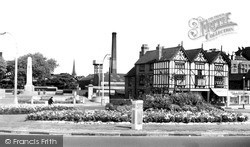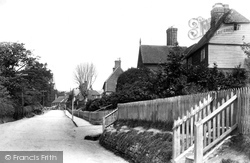Merry Christmas & Happy New Year!
Christmas Deliveries: If you placed an order on or before midday on Friday 19th December for Christmas delivery it was despatched before the Royal Mail or Parcel Force deadline and therefore should be received in time for Christmas. Orders placed after midday on Friday 19th December will be delivered in the New Year.
Please Note: Our offices and factory are now closed until Monday 5th January when we will be pleased to deal with any queries that have arisen during the holiday period.
During the holiday our Gift Cards may still be ordered for any last minute orders and will be sent automatically by email direct to your recipient - see here: Gift Cards
Places
Sorry, no places were found that related to your search.
Photos
Sorry, no photos were found that related to your search.
Maps
7,034 maps found.
Books
163 books found. Showing results 6,313 to 6,336.
Memories
22,913 memories found. Showing results 2,631 to 2,640.
Working In Clyffe Pypard
I came down from Scotland when I was 16 & was a nanny in Broad Hinton for a year for Mr & Mrs Huddy (can't remember the name of the house), & then I decided that I wanted to work with horses, so I got a ...Read more
A memory of Clyffe Pypard in 1969 by
Stewards Of Rochdale
I worked for Leo at Stewards from 1979 - 1983. Great memories, great days. I remember him hi-jacking folk he recognised as they walked past the shop. Remember Peggy too. He used to say Drake Street was dying then, but it ...Read more
A memory of Rochdale by
Childhood In North L Ondon
I lived in Sirdar Road Wood Green Went to Belmont School and Coop Youth club and later TA Tottenham I remember the Blitz in London My sister Ruth and I had many friends around , some from school . Pat Benbow ...Read more
A memory of Tottenham in 1949 by
Christmases And Wwii Years In Skelmanthorpe
I was born in Leeds Yorkshire, but my maternal grandmother and other relatives lived in Skelmanthorpe. My earliest memories are of being the first grandchild and visiting grandma every Christmas ...Read more
A memory of Skelmanthorpe in 1930 by
Machen Forge
I'm starting to track my father's family history. I believe an aunt and uncle of mine lived at the rear of the Machen Forge. My father's family lived in Blackweir and several were employed on the Glamorganshire canal as lock keepers and weighbridge operators.
A memory of Blackweir by
Childhood
Between about 1956 and 1963, every year, my Mum and I would holiday in London for a week and then visit Auntie Claire in Cerne Abbas for one week. Claire lived in Acreman Street a direct reflection that the Cerne Giant took up an Acre ...Read more
A memory of Dorchester in 1960 by
Laneswood The Home
As quite young boys of then 7 and 6, my brother and I with our parents, over Christmas in 1945 soon after the end of WWII came across from Holland, to visit our grand-parents who lived in "Laneswood", a true manor house ...Read more
A memory of Mortimer by
Dock Area Life
I was born at 13 Ellor Street, Hankey Park, in 1940 to Sarah and Charles Feeley (snr), the youngest of five siblings: Charlie (jnr) Eileen, Monica and Hannah. In 1941 my father left for the army, and we moved to 46 Brookland St off ...Read more
A memory of Salford in 1940 by
My First School
The Anson family arrived at Strensall in 1957. My father was at the camp as a 'skill at arms' instructor until 1959 attached to the K.O.Y.L.I. I can remember the first day at school in Strensall village.I caught the bus which ...Read more
A memory of Strensall in 1957 by
Your search returned a large number of results. Please try to refine your search further.
Captions
9,654 captions found. Showing results 6,313 to 6,336.
On 17 September 1944 Sunday morning worshippers on their way to church heard the distant rumble of aircraft engines.
Surrounded by these majestic trees, and with the west tower of St Leonard's Church, one of the largest and finest in Kent, rising behind them, a summer game of cricket takes place on this spacious ground
The remains of Hailes (sometimes spelt Hayles) Abbey lie a mile or two out of Winchcombe off the B4632 to Broadway.
This Round House, like others along the man-made waterway, was lived in by a lengthman and his family - they collected tolls from passing barges on the Thames and Severn canal.
This view shows the approach to the village from the south, with the open space of Ellerthwaite Square having no shortage of motor traffic even at this early time, including an omnibus (right).
To the right of them lies Swan Meadow, once home to the village fair. This event survives as Horndon-on-the-Hill Feast & Fayre, which takes place at the end of June, to mark St Peter's Day.
This is one of the unmade roads to the west of Rectory Road—perhaps Hillcrest Chase or Rectory Park Drive. St Michael's church looms in the background.
The town owes much to the Victorian jeweller Joseph Mayer, who gave his home village a little library in Mayer Hall in 1866.
This view along The Parade at Parkgate has changed very little over the intervening years. All of the houses still stand.
Buntingford was founded in the 1100s and served as a market for the surrounding villages and communities, particularly the settlement at the adjacent Layston.
The gates were said to have come from the Leper Hospital at Clothall.
Hollybush Lane lies in the southern part of the Garden City, and its tree-lined footpath and grassy triangular area typify Ebenezer Howard's vision of a ordered village atmosphere.
Today all roads seem to lead into Liphook, and it is a busy, noisy place. The author Flora Thompson lived here for a time just before the 1930s because her husband worked at the local post office.
Does the Morris Minor belong to the landlord? This pub was owned by Brickwood, the Portsmouth brewery. They brewed Sunshine IPA, Pompey XXXXX Dark Ale, and Admiral Stout.
This magnificent clock is made of iron and has the words 'This column was constructed at the Stourbridge ironworks 1857' cast into its base.
Bedale is also just off the A1 and on the route into Wensleydale from Leeming Bar.
'See no trains are approaching before you attempt to cross the line' is the wise advice of the sign on the left of the level crossing at Grosmont, on the former Pickering-Whitby line.
We are looking up Lime Street from its junction with Castle Street; Coleridge's Cottage can be seen at the end on the left.
Little changed today, the pool at Stratford Park was opened in 1937 and has always been popular, with youngsters in particular, during the summer months.
Christchurch stands on two rivers, the Stour and the Avon, and gets its original name Twyneham, or Tweoxneham, from the Anglo-Saxon meaning 'the town between the two rivers'.
The Rose and Crown, now the Rupert Brooke, has been extended at the front, losing the outside seating area.
This earlier picture appears to have an open space where the Silver Dollar was later built. The neat chalets on the sea front have long gone.
This simple 30-foot high granite obelisk was originally unveiled in November 1925 to commemorate Warrington's servicemen lost in the 1914-18 War.
Note the early telephone poles on the left. The spire of the Norman church of St Peter and St Paul can be seen above the trees.
Places (0)
Photos (0)
Memories (22913)
Books (163)
Maps (7034)



